Have you ever found yourself gazing into your cat’s eyes, wondering what’s really going on behind that mysterious stare? Maybe your feline friend darts away when you walk into the room or flattens their ears when you reach out a hand. Trust between a cat and their human is no simple matter—it’s a delicate dance of patience, gentle gestures, and subtle signs. For every purr and head bump, there may be a lingering hint of uncertainty. If you’ve ever felt unsure about where you stand in your cat’s heart, you’re not alone. Let’s unravel the secret world of feline trust and discover the telltale signs your cat is still learning to let down their guard.
1. Hiding More Than Exploring

Cats are natural explorers, but when trust is missing, even the most curious kitty may spend hours tucked away under beds or behind furniture. If your cat often disappears when you enter the room, it’s a powerful sign they’re not fully comfortable yet. Hiding is their safe-zone—a way to observe without being exposed. This behavior shows they’re still figuring you out from a distance, weighing every movement before venturing out. While some cats are naturally shy, excessive hiding usually means they’re still deciding if they can trust you. Over time, as trust builds, you’ll notice your cat choosing to be in the same room as you more often. Patience is key; let them come to you in their own time.
2. Flinching or Startling Easily

Does your cat jump back when you move your hand or make a sudden noise? Cats that haven’t built trust yet tend to be easily startled by even gentle gestures. This flinching is a defense mechanism—they’re on high alert, not sure if you’re friend or foe. Such reactions may be stronger if your cat has had negative experiences with humans before. When you see this, try moving slowly and speaking softly to reassure them. Over time, consistent calmness helps your cat realize you’re not a threat, and those jumpy moments will become less frequent.
3. Avoiding Eye Contact
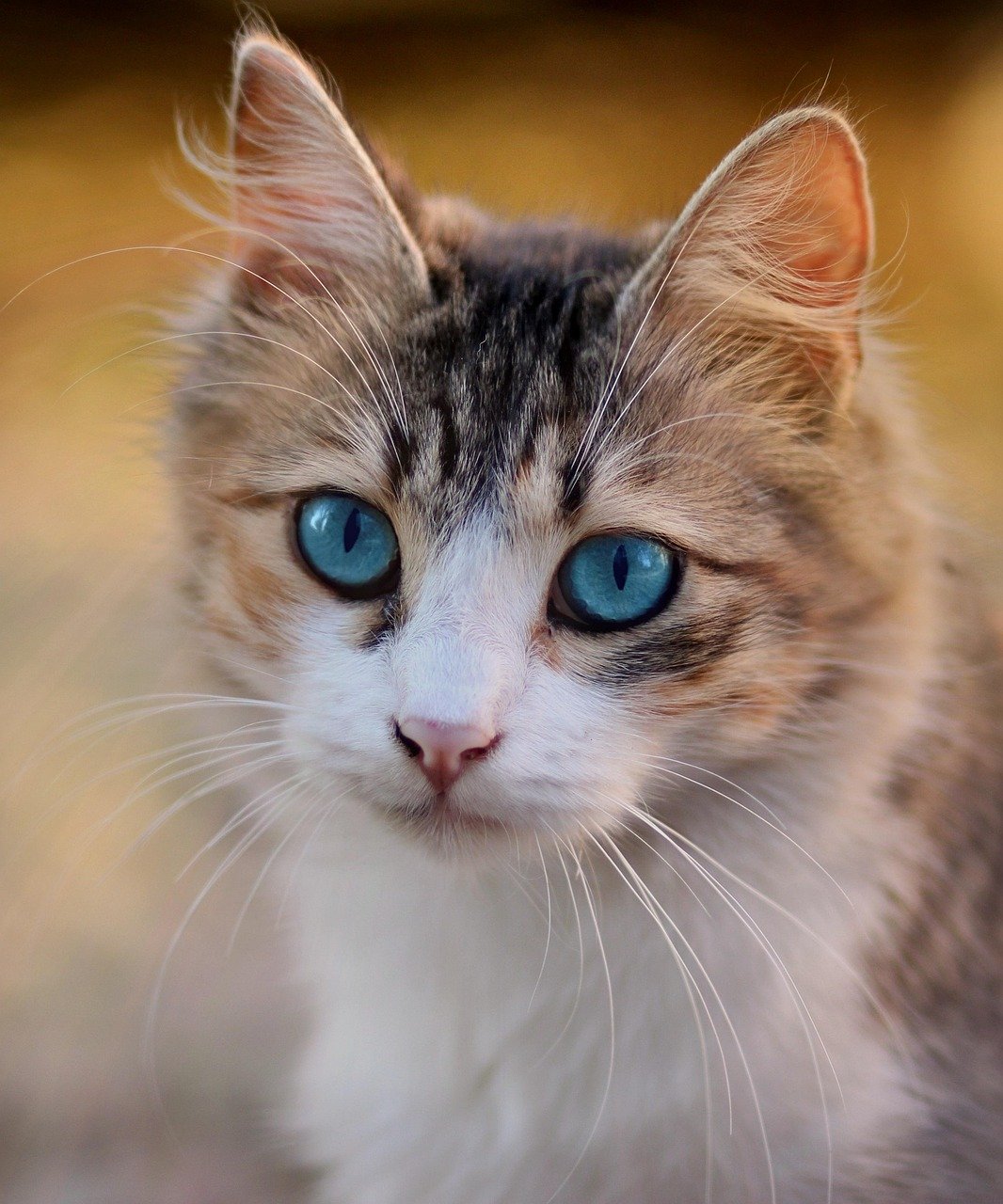
In the feline world, direct eye contact can be intimidating or even threatening. If your cat avoids your gaze, turning their head or blinking slowly, it’s a sign they’re still wary. Cats that trust you will eventually give you the “slow blink”—a gentle closing of the eyes that says, “I feel safe.” But until then, their avoidance signals caution. Try meeting their eyes only briefly and then looking away or blinking slowly yourself. This tells your cat you mean no harm and are willing to communicate on their terms. The day your cat confidently holds your gaze or offers a slow blink, you’ll know you’ve made progress.
4. Hesitant Body Language
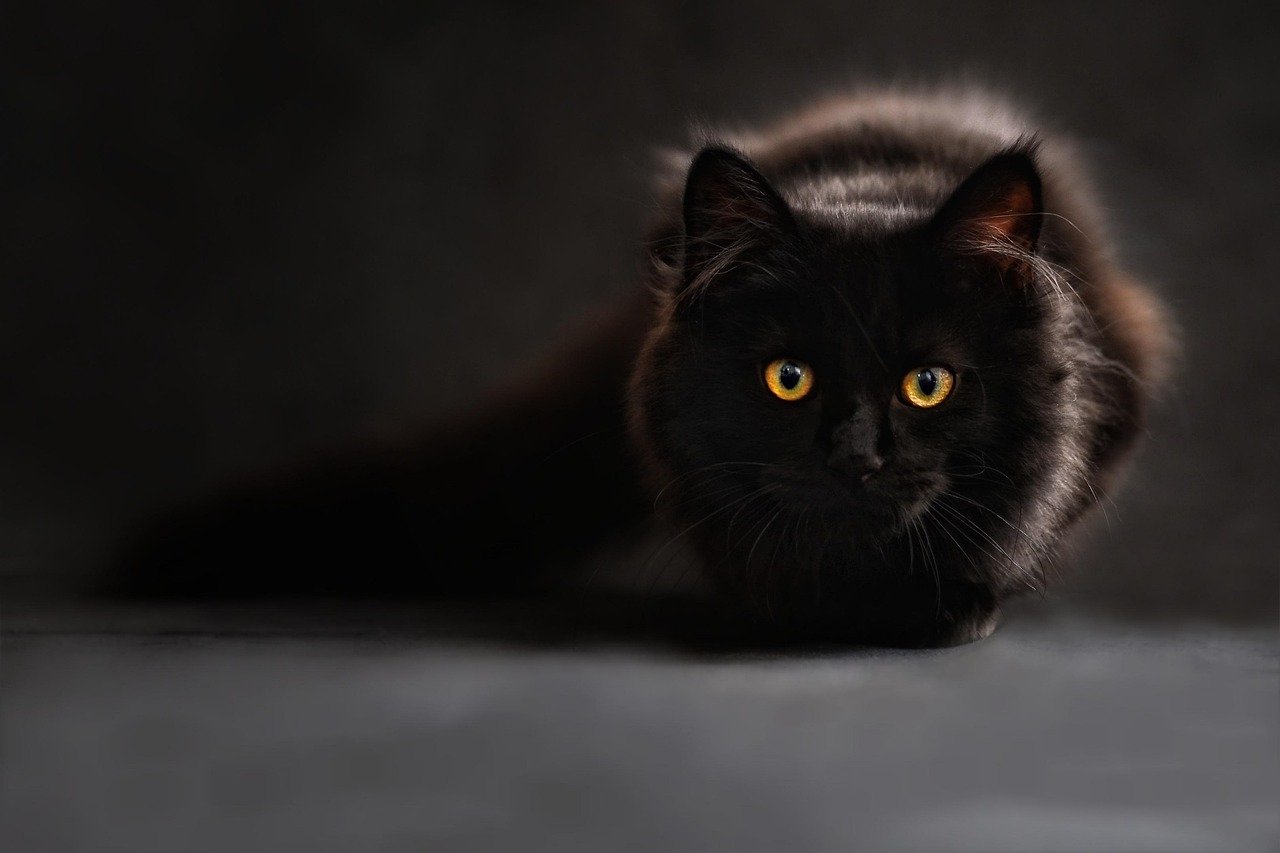
Watch your cat’s posture when you enter the room. If they crouch low, keep their tail tucked, or freeze in place, these are classic signs of uncertainty. Their muscles may look tense, ready to bolt at any moment. Confident, trusting cats move with a relaxed swagger, but anxious ones seem stiff and deliberate. Notice if your cat’s tail is swishing quickly or if their ears are flattened—these are subtle hints they’re not fully at ease. The more relaxed their body language becomes over time, the more trust you’re building together.
5. Reluctance to Be Touched
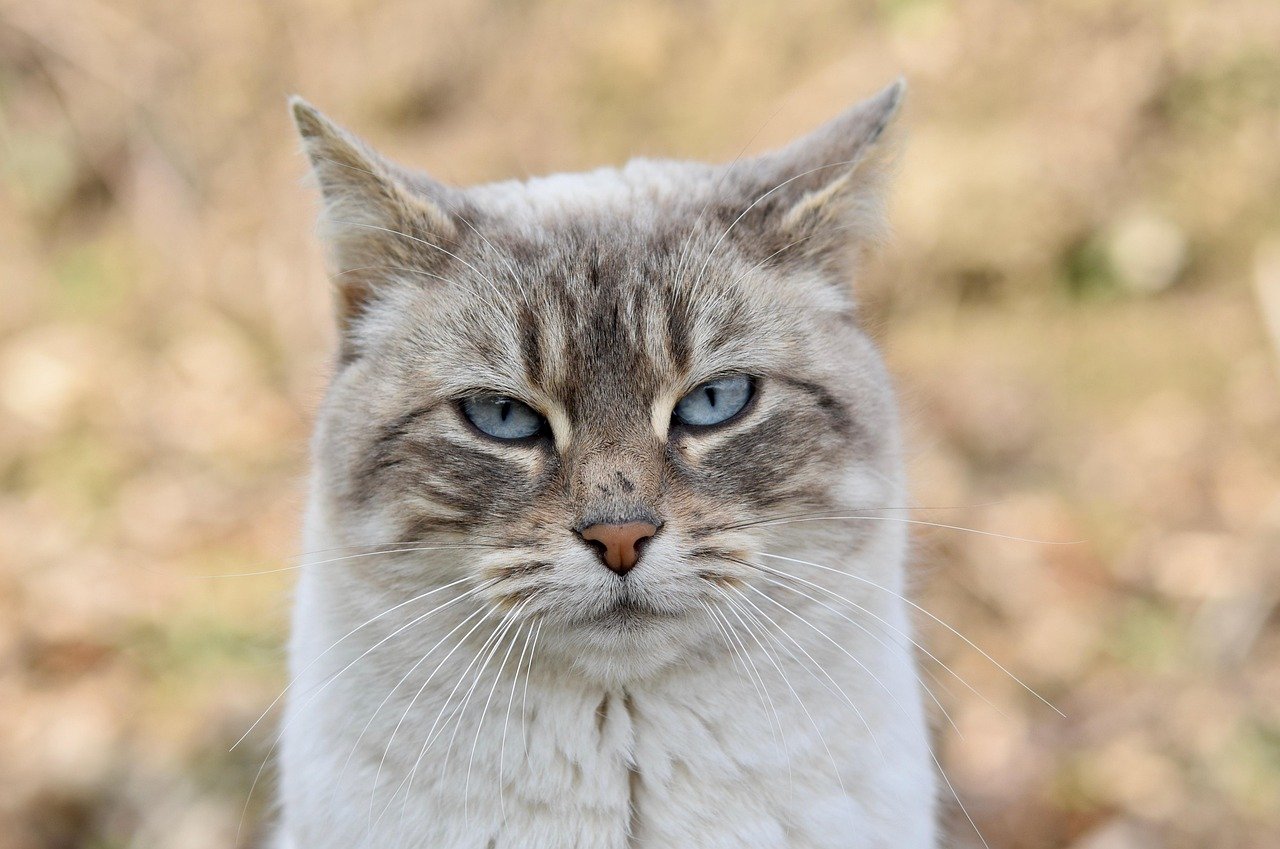
Some cats crave petting, while others shy away, especially if trust hasn’t been established yet. If your cat flinches, ducks, or scoots away when you reach out, they’re telling you they’re not ready for close contact. This isn’t a rejection—it’s a sign they need more time to feel safe. Try offering your hand and letting them come to you, or use treats to create positive associations. Eventually, your patience will pay off, and you’ll feel the warmth of a gentle head nudge or a soft paw on your lap.
6. Limited Vocalization or Silence

Cats communicate with a range of meows, chirps, and purrs, but a cat that’s still learning to trust you may be unusually quiet. Silence or limited vocalization means they’re not quite ready to express themselves openly. Some cats use their voice to ask for attention or share their feelings, so if yours is quiet, they may be holding back. Don’t worry—when trust grows, you’ll start to hear more of their unique personality through their sounds. Encourage gentle interaction and celebrate even the smallest meow as a sign of progress.
7. Watching From Afar

Have you noticed your cat perched on a high shelf or peering at you from across the room? Cats that are unsure will often keep their distance, observing you like a silent, furry detective. This behavior lets them study your routines and reactions, deciding if it’s safe to approach. It might feel like you’re being spied on, but really, your cat is gathering evidence to decide if you’re trustworthy. Try talking softly or offering treats from a distance, then slowly decrease the gap as your cat becomes more confident.
8. Slow or No Response to Playtime

Play is a big trust-builder for cats, but a cat that’s still wary may not join in right away. If your attempts with toys are met with indifference or hesitation, it’s not that your cat isn’t playful—they just need more time to feel secure. Sometimes, they’ll watch the toy intently but won’t move to chase it, unsure of their surroundings. Be patient and experiment with different toys, keeping play sessions short and pressure-free. When your cat finally pounces, you’ll know a wall has come down.
9. Eating Only When Alone

Food is an important part of a cat’s world, but eating requires vulnerability. If your cat waits until you leave the room before approaching their bowl, it’s a sign they’re not ready to let their guard down around you. Trusting cats will eat freely in your presence, sometimes even begging for a treat. To help your cat feel safer, try sitting quietly at a distance during mealtime, gradually moving closer over several days. Eventually, your cat will associate your presence with good things, not worry.
10. Grooming Less When You’re Nearby

Grooming is another vulnerable activity for cats. If your cat stops cleaning themselves when you enter the room or only grooms when you’re not around, they’re signaling a lack of trust. A cat that feels safe will happily bathe in your presence, showing they’re not worried about potential threats. Watching for this subtle sign helps you understand where your relationship stands. With time and gentle interaction, you’ll soon find your cat relaxing enough to take a bath right by your side.
11. No “Belly Up” Moments
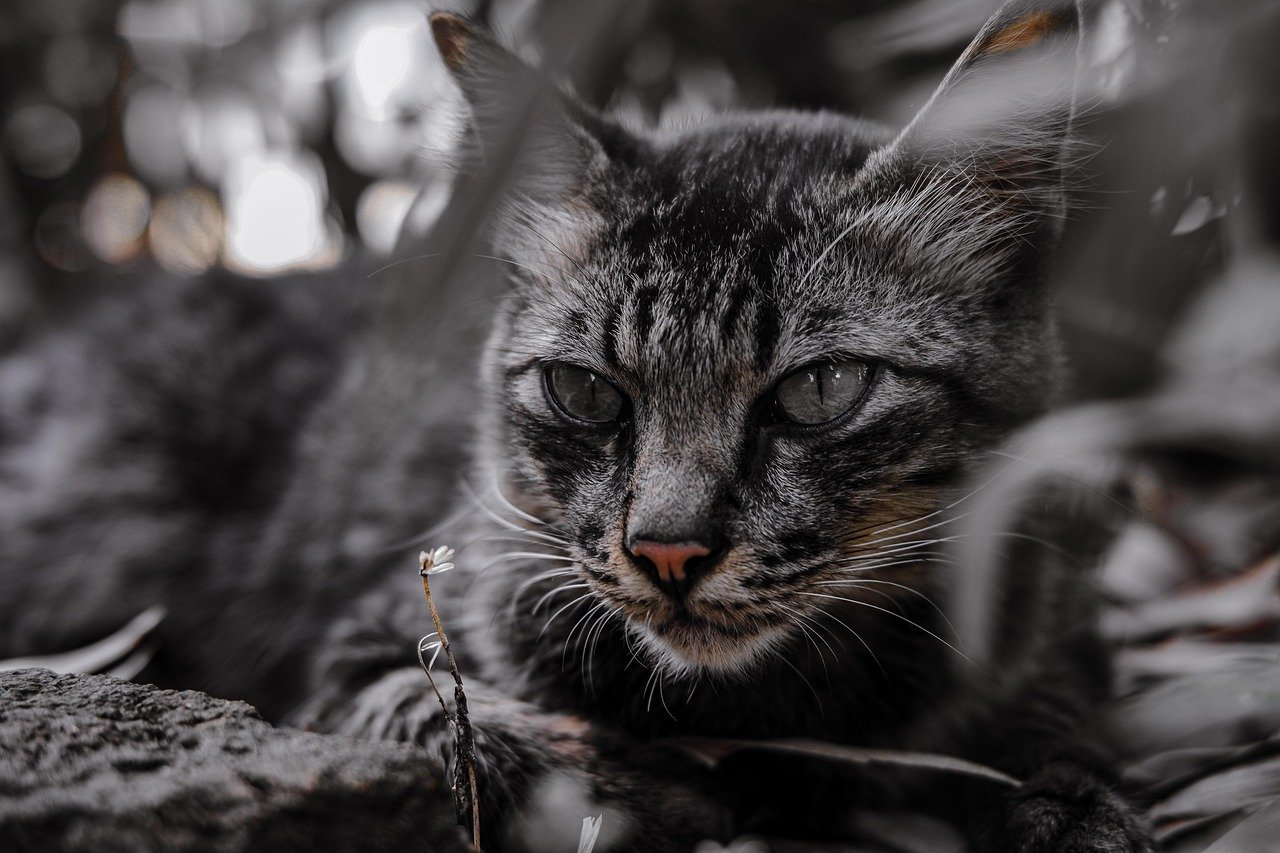
One of the highest signs of feline trust is when a cat exposes their belly. If your cat never rolls over or shows their stomach, they’re still protecting their most vulnerable spot. This isn’t a negative sign—it just means they’re not ready to let their guard down completely. Avoid forcing belly rubs or invading their space. Instead, celebrate the small wins—like a relaxed stretch or a slow roll onto their side. In time, you may be rewarded with the ultimate gesture of trust: a soft, furry belly in plain view.
12. Hesitant Approach to New Objects or People
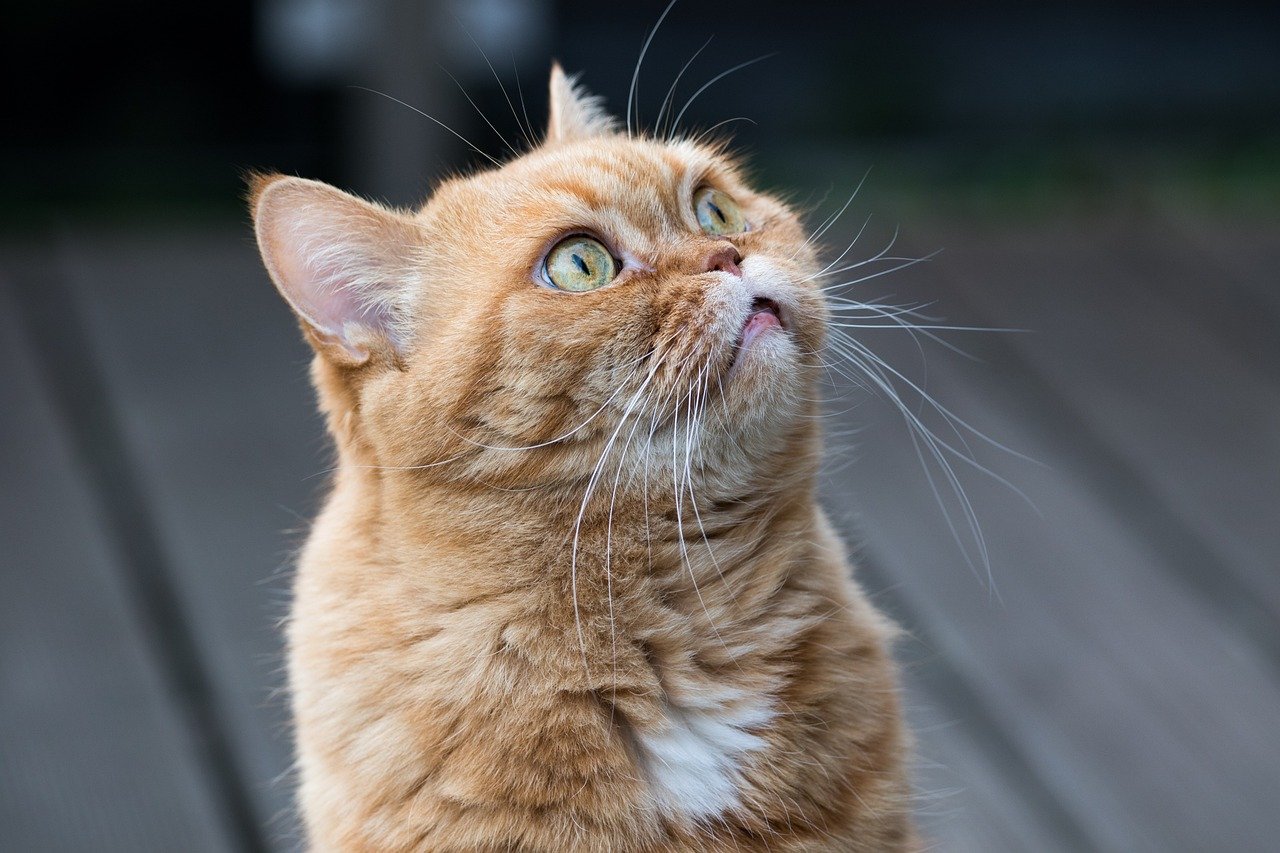
Cats that are still building trust tend to be cautious around anything new. If your cat sniffs a new toy warily or keeps a wide berth when visitors arrive, it’s a sign they’re still assessing their environment. This hesitance extends to you as well, especially if you’re a new person in their life. Give your cat space to explore at their own pace, offering encouragement without pushing them out of their comfort zone. Little by little, they’ll learn to trust not just you, but the world around them.
13. Rare or No Purring

Purring is often a sign of contentment, but a cat that’s still unsure may rarely purr in your presence. While some cats are naturally quieter, a lack of purring can mean your cat isn’t fully relaxed. It’s important to note that cats sometimes purr when anxious, but if your cat is silent and reserved, it’s likely they’re holding back positive feelings. Watch for other signs of comfort, and remember that every cat reveals trust in their own way. When your cat finally purrs at your touch, it’s a magical moment you’ll never forget.
14. Not Sleeping Near You

Cats are at their most vulnerable when they sleep. If your cat never naps near you or keeps to hidden corners, it signals a lack of trust. Over time, as your bond grows, your cat may start choosing spots closer to where you spend time, even if they don’t jump onto your lap just yet. Celebrate progress, like your cat dozing off on a nearby chair while you read or work. This gradual move toward you is a huge trust milestone.
15. Quick Retreats When Approached

Some cats seem to vanish the moment you take a step in their direction. If your cat often dashes away when you approach, they’re still not sure about your intentions. This is especially common in cats that have had limited human contact or difficult past experiences. Try sitting quietly and letting your cat come to you, rewarding every small approach. Over time, they’ll learn you mean no harm and those hasty retreats will fade.
16. Minimal Affection Displays
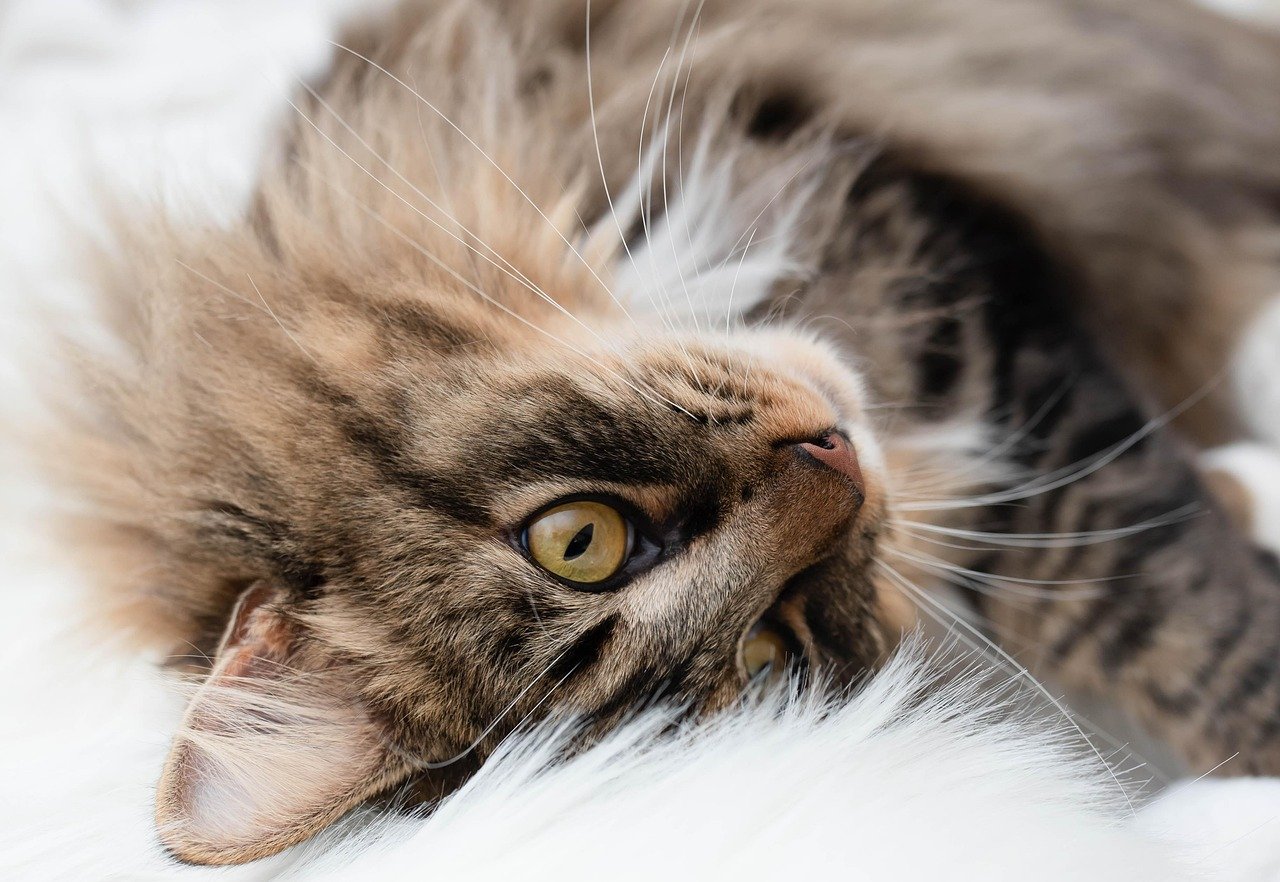
Cats show affection in many ways, from rubbing against your legs to kneading with their paws. If your cat rarely shows these behaviors, it’s a sign they’re not fully comfortable yet. Remember, every cat is unique, and some are simply less demonstrative. But if your cat keeps their distance and avoids contact, it’s a good clue they’re still learning to trust. Celebrate gentle touches or even a brief brush against your ankle—these are the first steps toward deeper affection.
17. Guarded Tail Movements
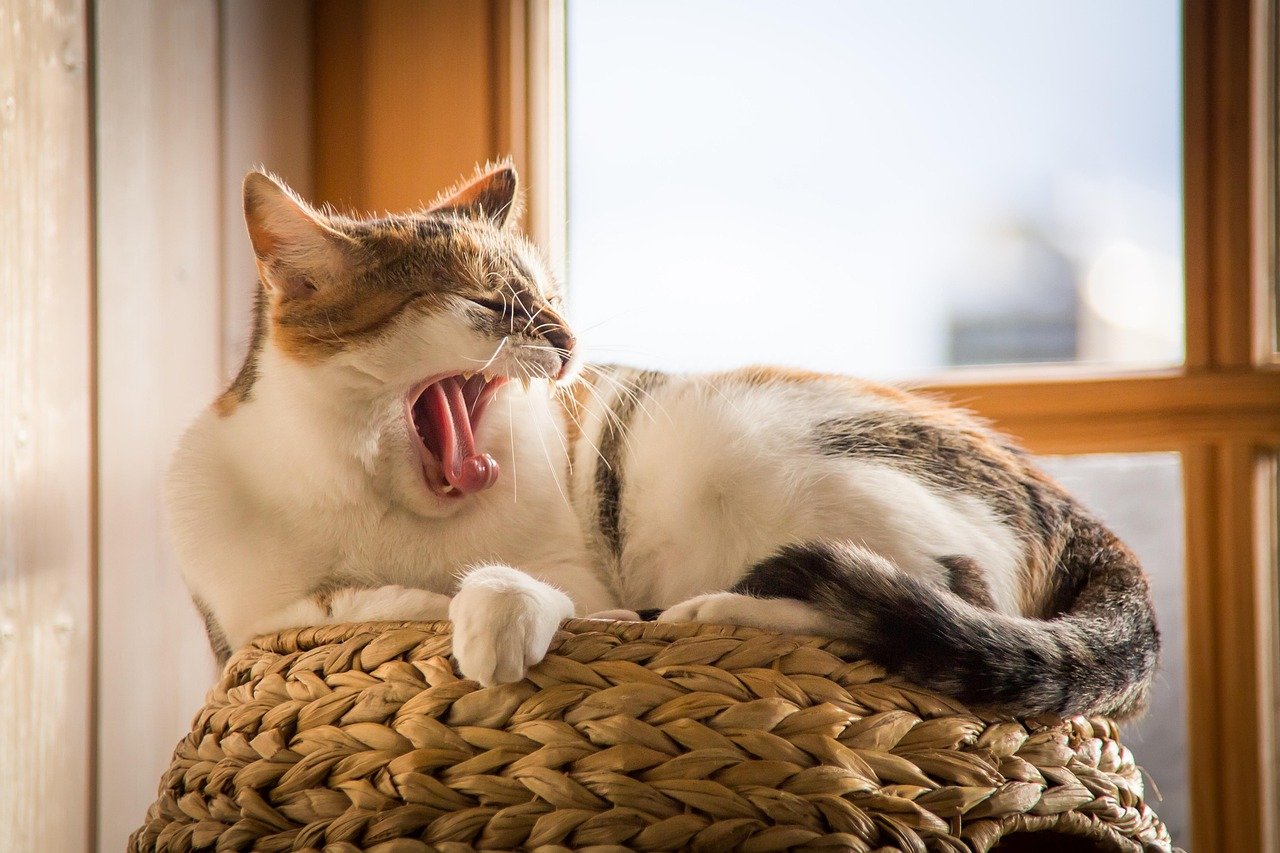
A cat’s tail is a window into their emotions. Trusting cats often walk with their tails up, a sign of confidence and friendliness. If your cat keeps their tail low, tucked, or flicks it nervously, they’re still unsure. Pay attention to how their tail changes over time. A gradual shift to a more relaxed or upright tail signals growing trust and comfort in your presence.
18. Unwillingness to Be Picked Up
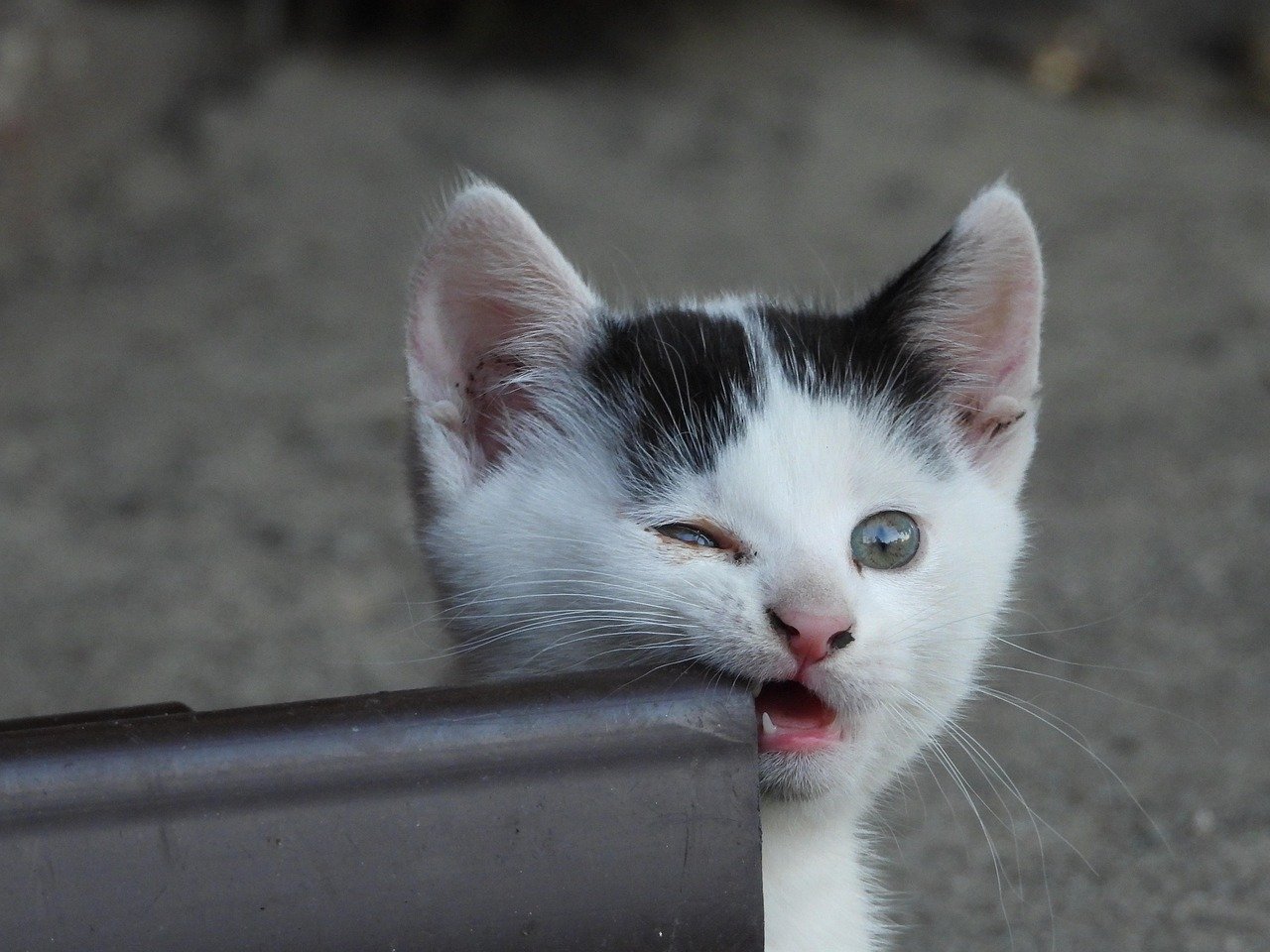
Many cats dislike being picked up, but for those that are still learning to trust, the response can be especially pronounced. If your cat squirms, growls, or tries to escape your arms, respect their boundaries. Being lifted off the ground is a vulnerable position for a cat, and trust must be built slowly. Work on gentle handling with positive reinforcement, always letting your cat set the pace.
19. No “Head Bump” Greetings
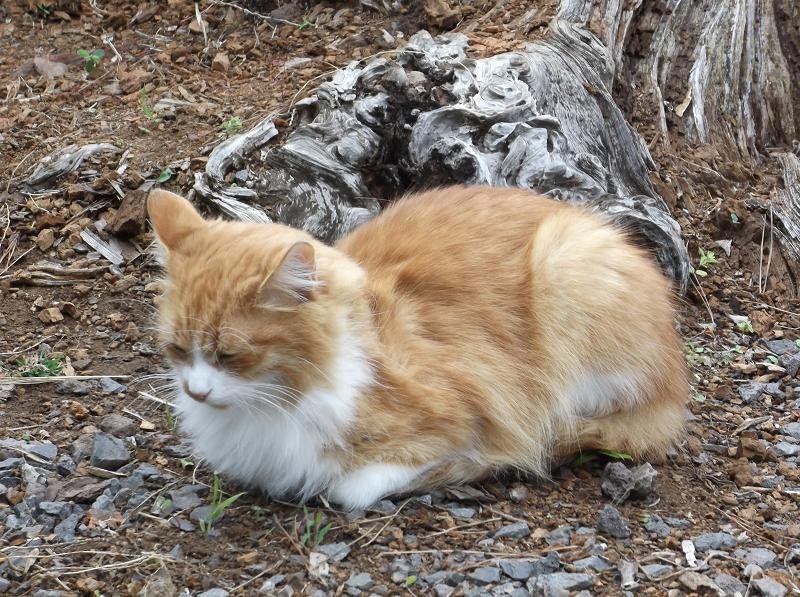
One of the sweetest signs of trust and affection from a cat is the head bump or “bunting.” If your cat hasn’t offered you this gentle gesture, they’re still deciding if you belong to their inner circle. Head bumps are a cat’s way of marking you as safe and familiar. Watch for small steps, like brief nose touches or rubbing against your hand, as these are signs your cat’s trust is growing day by day.
20. Cautious Reaction to Sudden Sounds
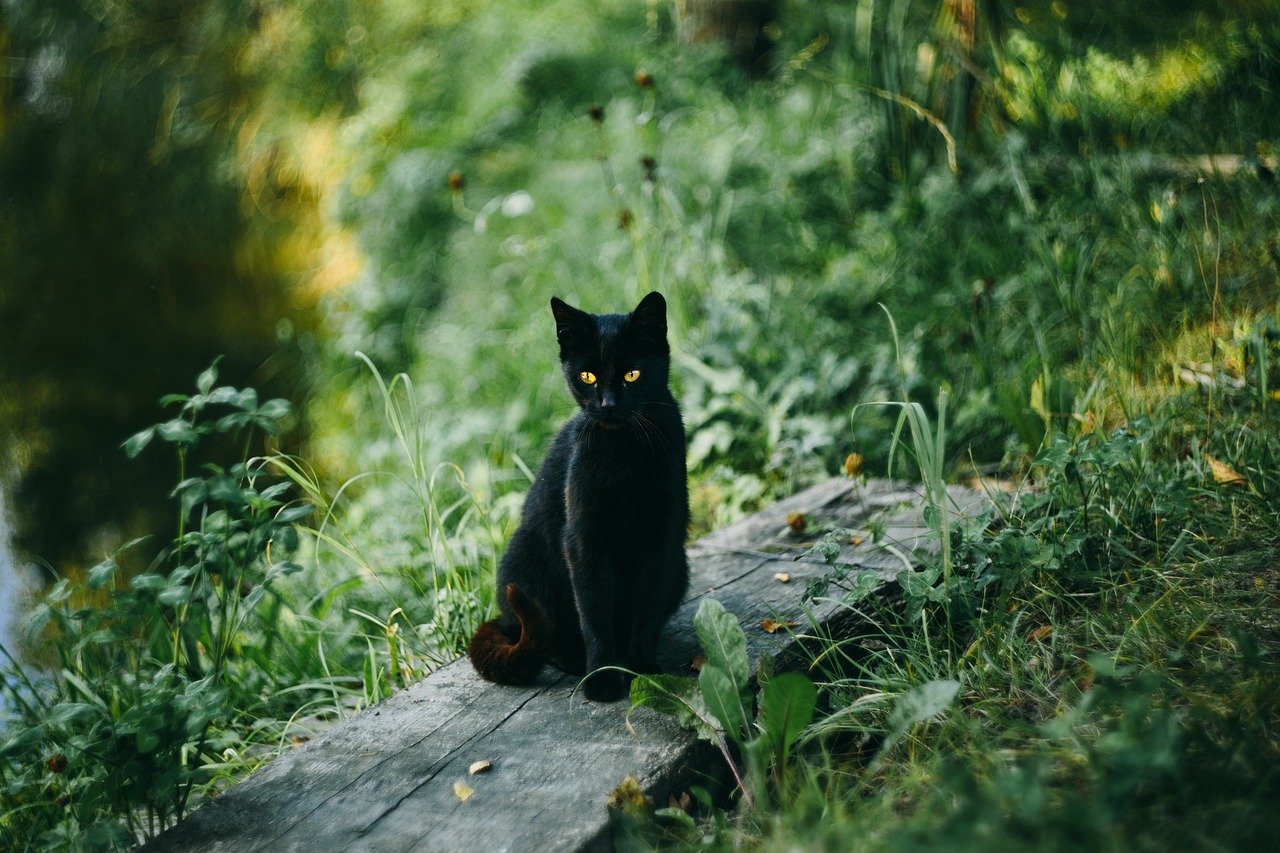
Cats with shaky trust are hyper-aware of unexpected noises. If your cat jumps or hides at every little sound—a dropped spoon, a door closing—they’re on high alert. This constant vigilance means they’re not yet convinced their environment is safe. Try to keep your home calm and predictable, and avoid loud noises when possible. As your cat learns they have nothing to fear, you’ll notice them relaxing, even through the occasional commotion.
Hi, I’m Bola, a passionate writer and creative strategist with a knack for crafting compelling content that educates, inspires, and connects. Over the years, I’ve honed my skills across various writing fields, including content creation, copywriting, online course development, and video scriptwriting.
When I’m not at my desk, you’ll find me exploring new ideas, reading books, or brainstorming creative ways to solve challenges. I believe that words have the power to transform, and I’m here to help you leverage that power for success.
Thanks for stopping by, Keep coming to this website to checkout new articles form me. You’d always love it!






